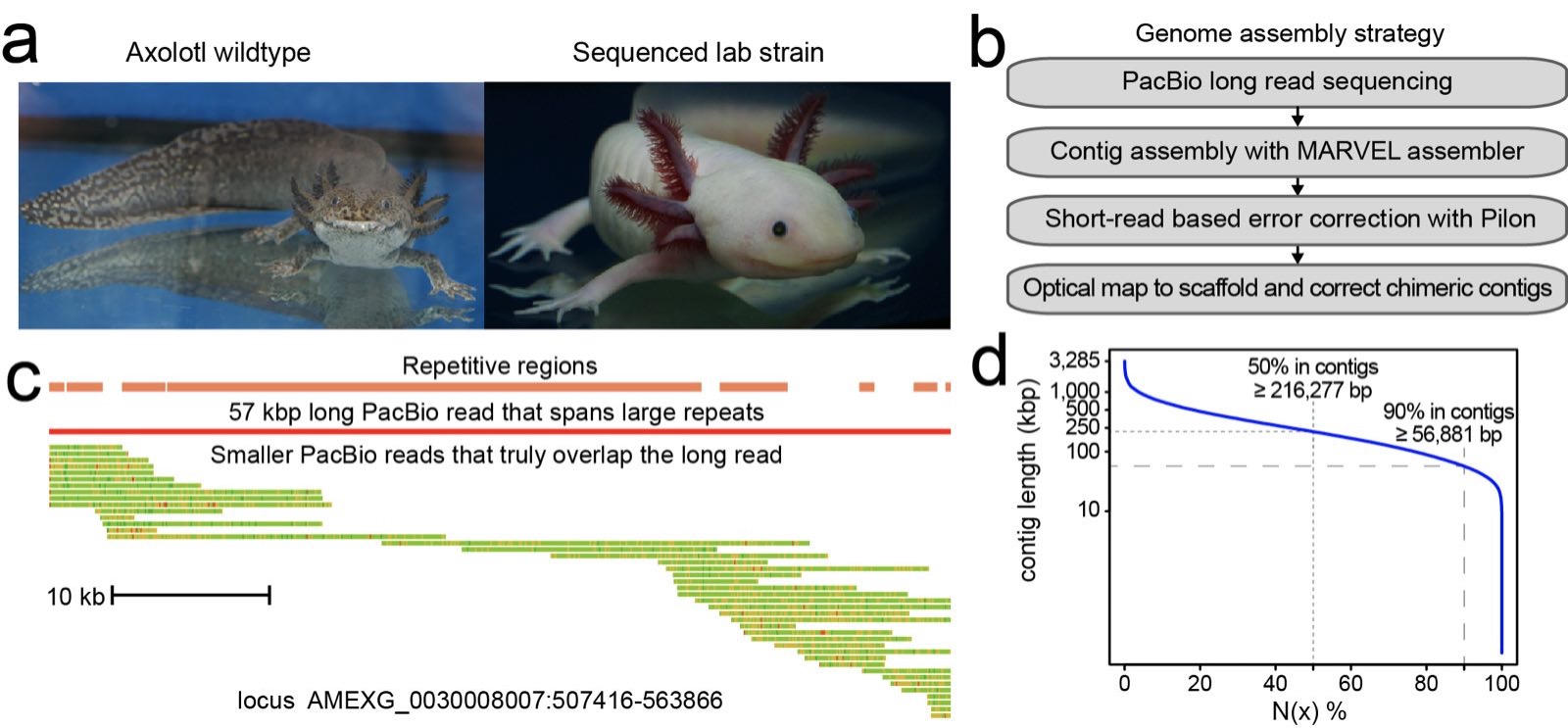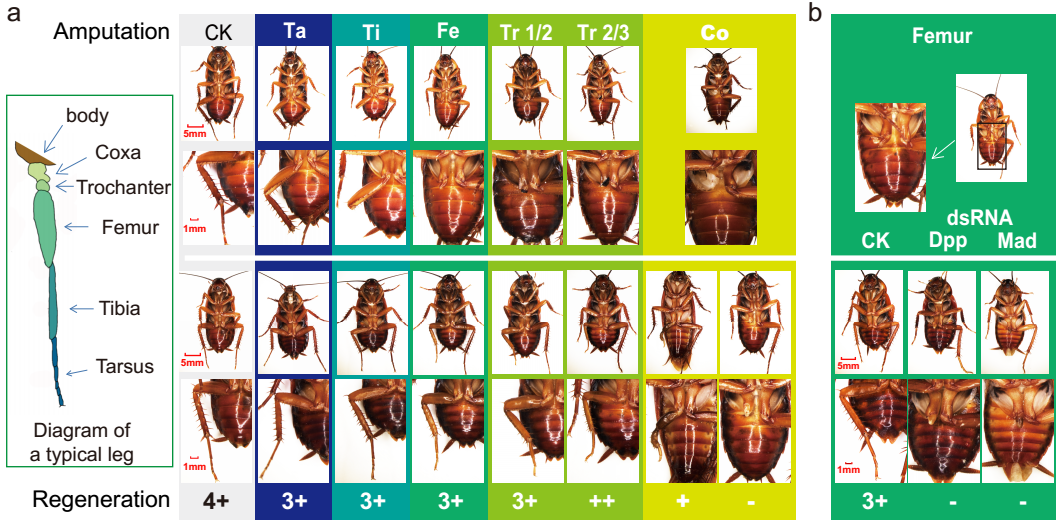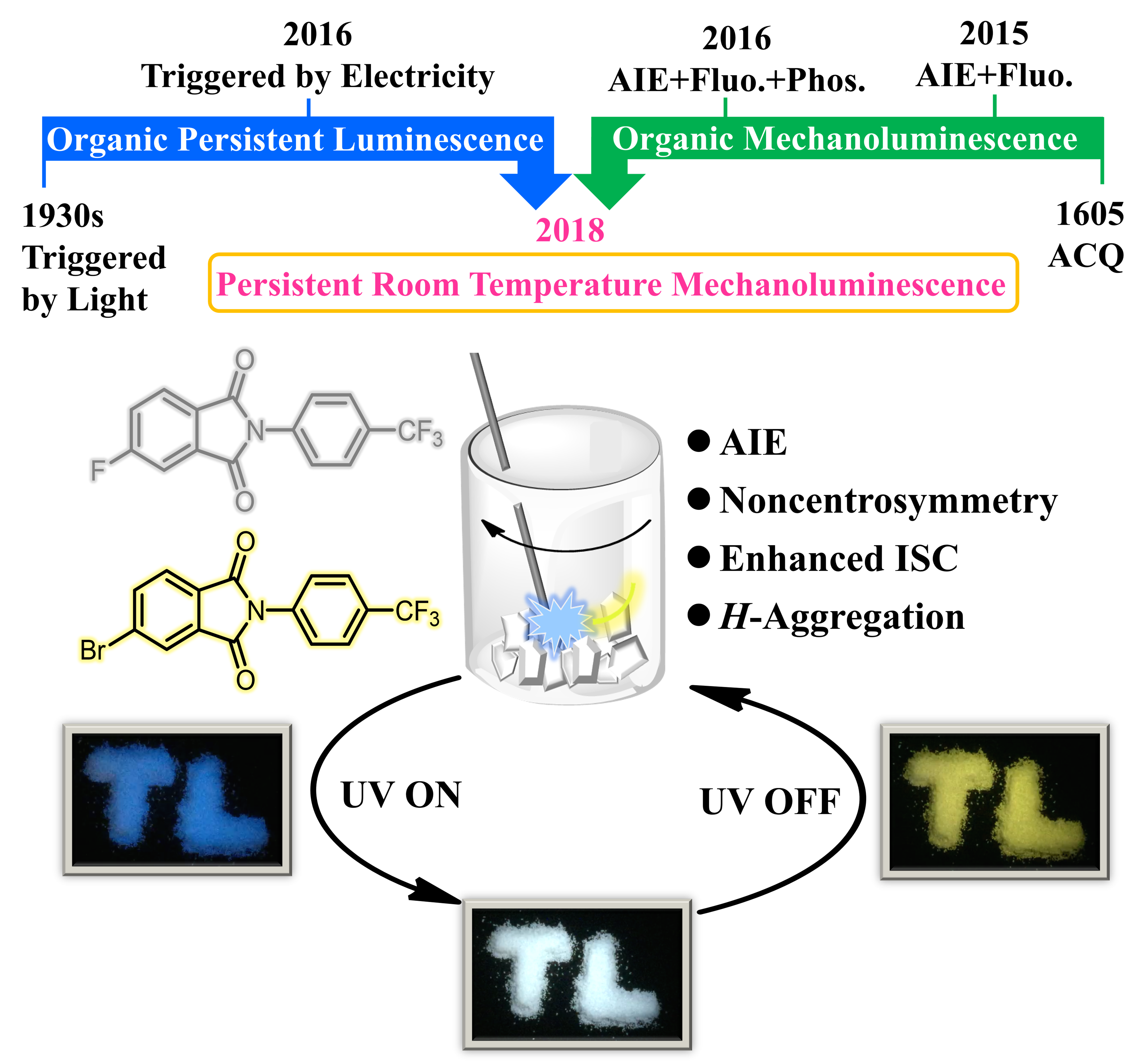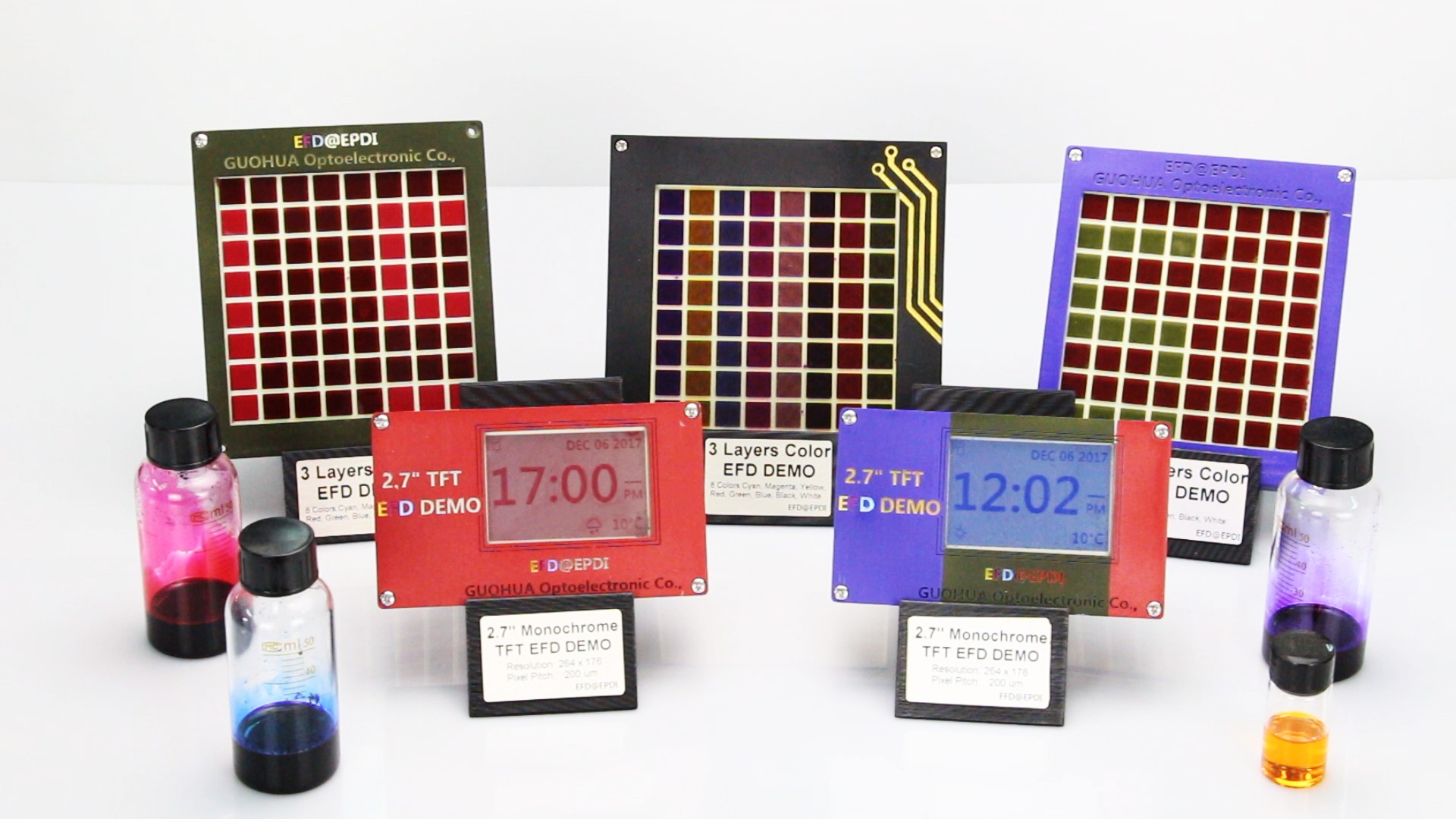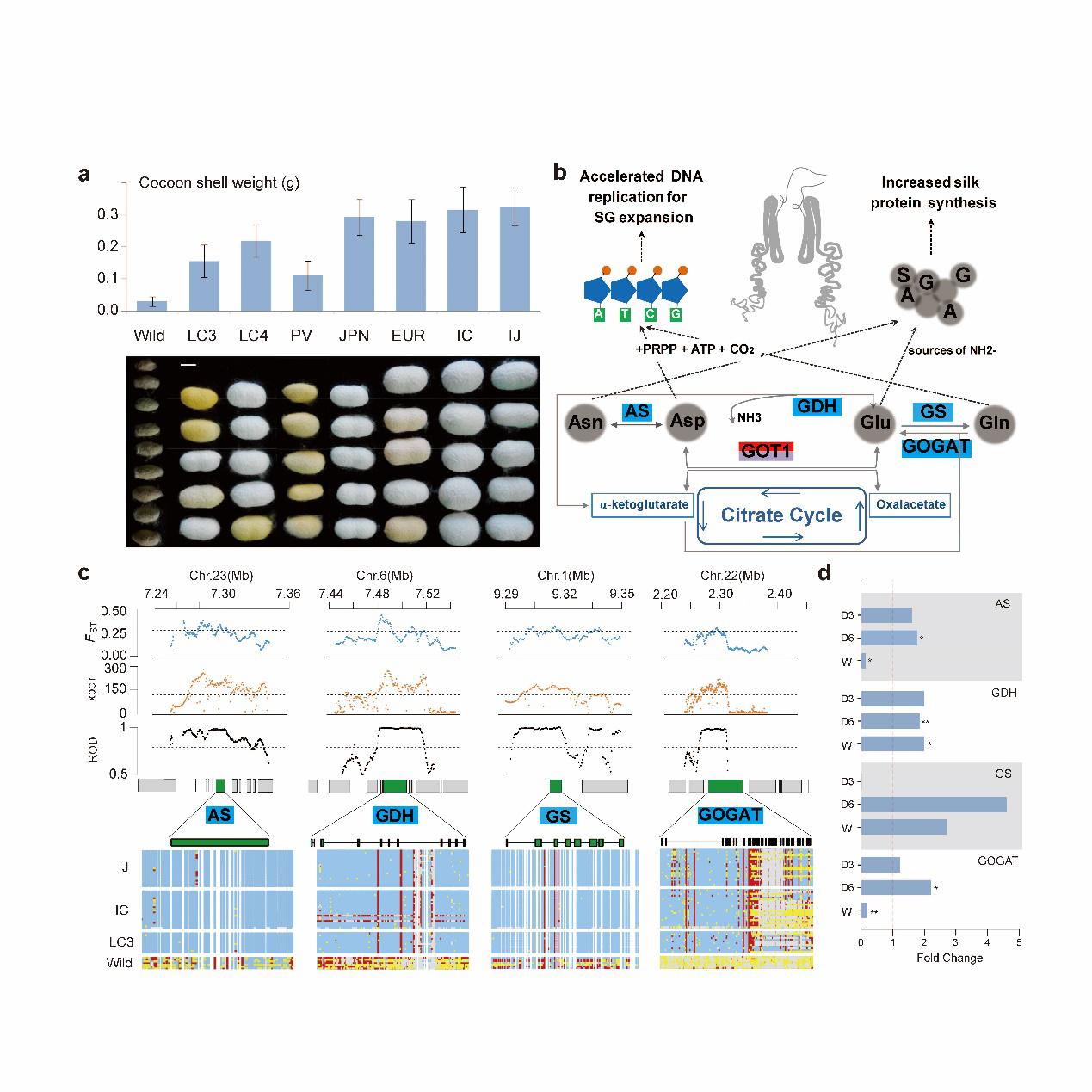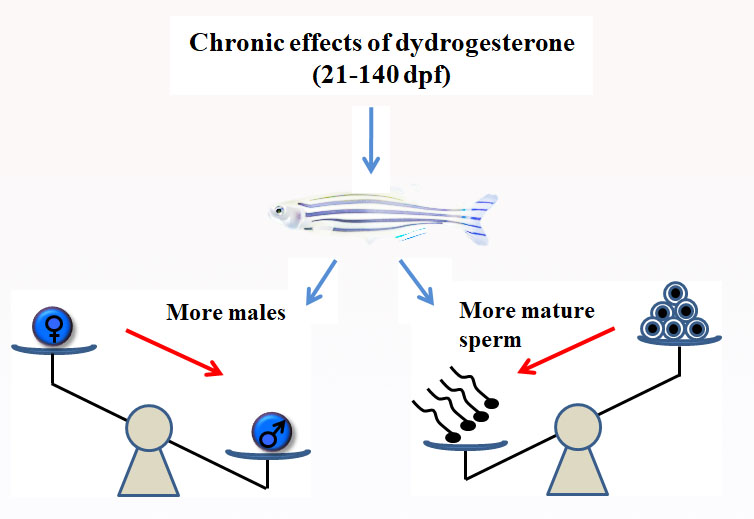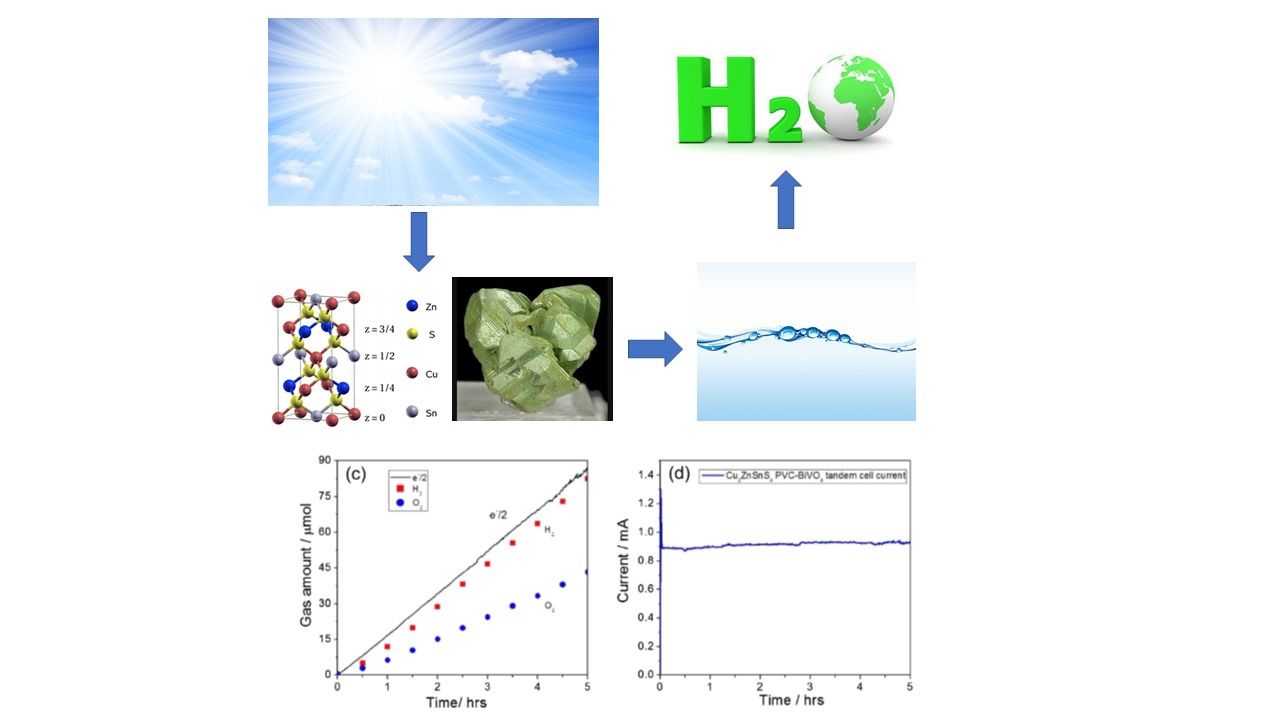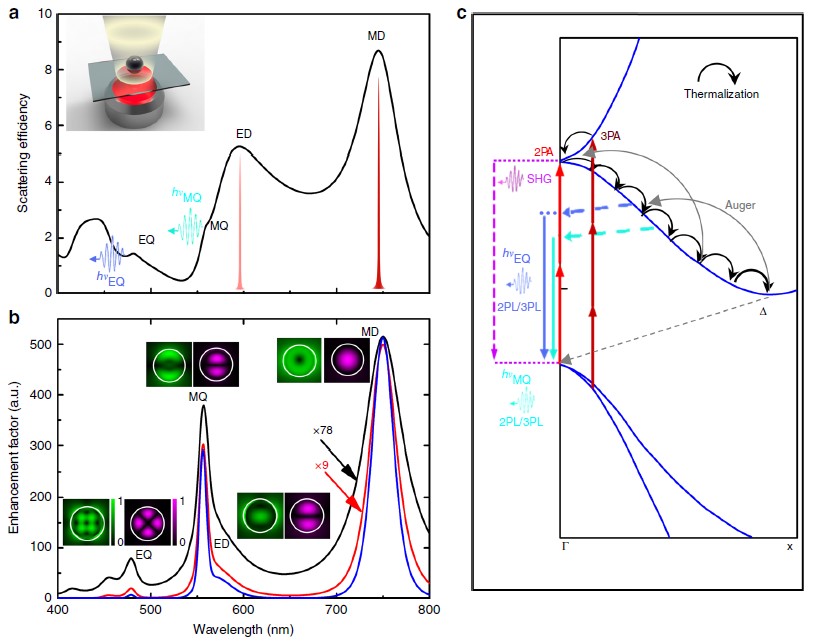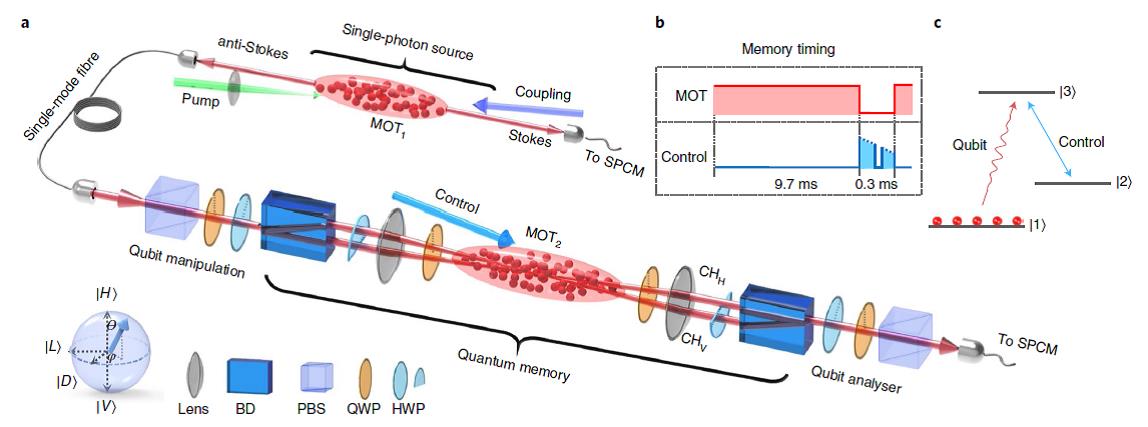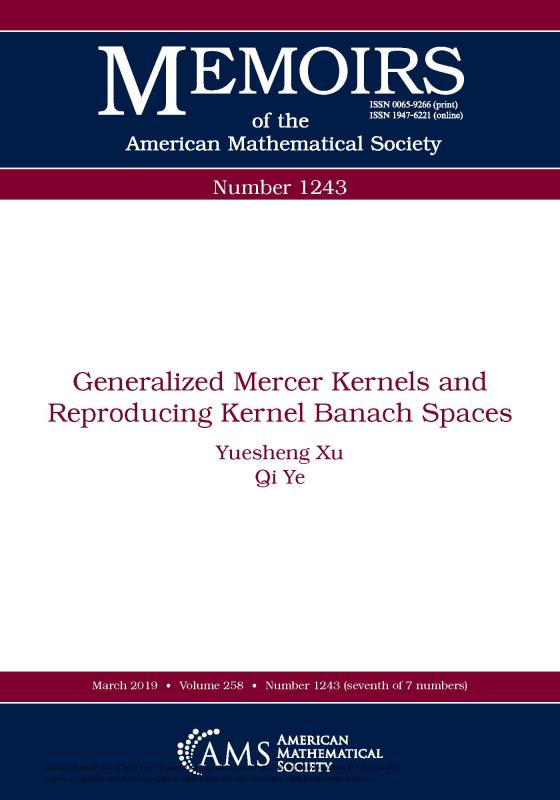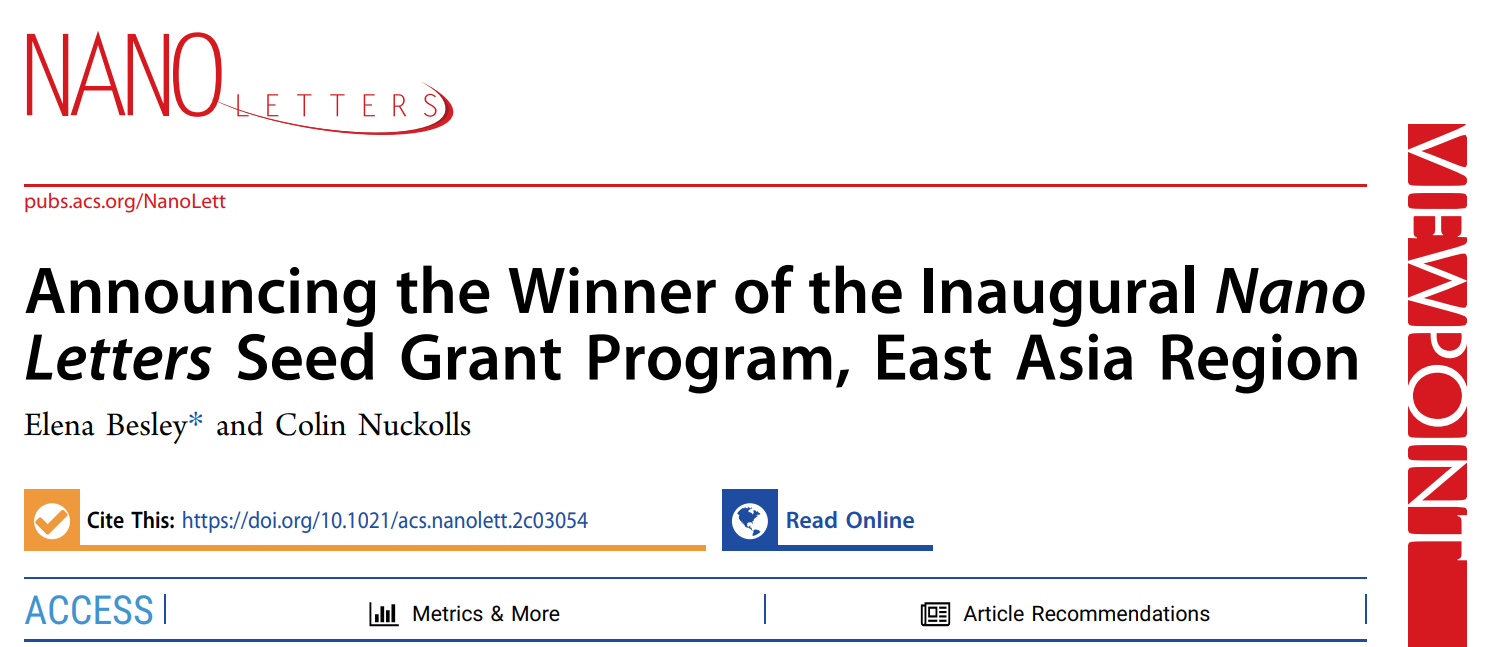
Likes
Panmai Mingcheng, a doctoral student at SCNU, won the inaugural Nano Letters Seed Grant Program, East Asia with his outstanding proposal out of five finalists, according to Nano Letters' announcement in August.
This seed grant competition aims to recognize the best research proposal ideas within the scope of Nano Letters from different regions of the world, and only a single awardee from each region will be named and granted US $2,500 to deliver the proposed research, according to the introduction on the official website. Panmai Mingcheng, a third-year doctoral student from the School of Information and Optoelectronic Science and Engineering of SCNU, supervised by Professor Lan Sheng, won the program with his proposal named "Highly efficiency crystalline silicon light source for photonic integrated circuit".
According to the announcement, Mingcheng's research focuses on creating and studying nanoscale antennae, metamaterials, and nonlinear optics and is geared toward using silicon nanostructures as light emitting devices. Intrinsic, bulk silicon is not useful for light emission, but Mingcheng's proposal capitalizes on the ability to create nanostructured forms of silicon that are able to exhibit unusual properties; his studies will create materials that will be fundamentally interesting to the nanoscience community and applicable to real-world technological goals, the announcement said.
As a member of Professor Lan Sheng's research team, Mingcheng finished the winning proposal with Professor Lan on the basis of their previous research findings and later research anticipation. The team has long been dedicated to the research of the nonlinear optical effect of all-dielectric nanomaterials, and has been making breakthroughs in the field of all-dielectric micro-nano light source.
Four other finalists were also highlighted in the announcement, namely Joon-Kyu Han from the Korean Advanced Institute of Science and Technology (KAIST), Taehee Kim from Yonsei University, Yao Lu from the Chinese University of Hong Kong, and Luo Yuan from Tsinghua University.
The Nano Letters Seed Grant Program was set up by Nano Letters, the ACS journal that covers all aspects of nanoscience and nanotechnology. All submitted proposals are evaluated by Associate editors of Nano Letters according to three categories that are weighted equally: significance, innovation, and synergy aligned with the Nano Letters mission.
The Nano Letters Seed Grant Program is being unfolded in four geographical regions: (1) North America, (2) East Asia, (3) Europe and Australia, and (4) South/Central America, South Asia, and Africa. After North America and East Asia, submissions from Europe and Australia were received in August while submissions from South/Central America, South Asia, and Africa will be received in October. One year after the seed grant is awarded, the awardees will write Viewpoints on their proposals, and do their research and once accomplished will present their work as part of a Nano Letters symposium, according to the official website of the Nano Letters Seed Grants.
Read more about the announcement:
Announcing the Winner of the Inaugural Nano Letters Seed Grant Program, East Asia Region: https://doi.org/10.1021/acs.nanolett.2c00971
Read more about the Nano Letters Seed Grants: https://doi.org/10.1021/acs.nanolett.2c03054
Source from SCNU News Center, ACS Publishing Center
Translated by Luo Xiaoying, Long Yuchen
Proofread by Edwin Baak
Edited by Li Jianru
What to read next:
